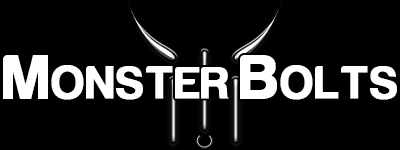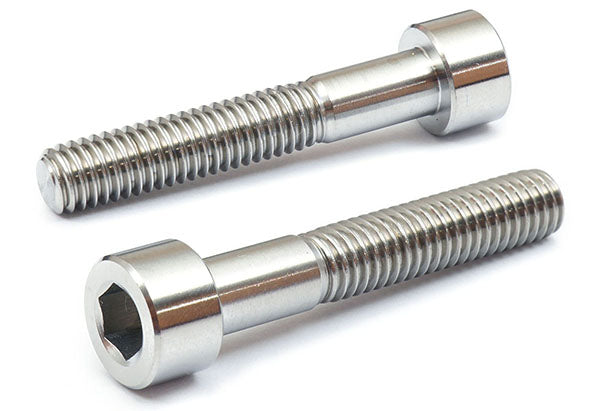Socket screws use an internal hex drive (Allen) to apply high torque in tight spaces while keeping a clean, low-profile look. Below are the five core head styles—what each is best for, their standards, strengths, and tradeoffs—plus quick links to shop metric and inch socket fasteners.

Socket Screw Types & When to Use Each
| Type (Shop) | DIN / ISO Standard | Best For | Key Strengths | Tradeoffs |
|---|---|---|---|---|
| Socket Head Cap | DIN 912 / ISO 4762 | High-strength joints, machinery, robotics | Deep hex & thick walls → highest preload among socket styles | Tall head may conflict with low-clearance designs |
| Low Head Socket Cap | DIN 7984 | Vertical clearance limits, covers/guards | ~50% lower head height than DIN 912; saves space | Lower preload capacity vs. standard socket cap |
| Button Head Socket | ISO 7380 | Aesthetics, snag-resistant surfaces | Rounded profile reduces catch points; wide bearing area | Shallower drive; not for max-strength joints |
| Flat Head (Countersunk) | DIN 7991 / ISO 10642 | Flush surfaces, covers, precision assemblies | Head sits flush; clean, low-profile finish | Requires countersink; smaller drive engagement than DIN 912 |
| Socket Set Screw (Grub) | DIN 916 / ISO 4029 | Shafts, collars, pulleys (axial location/locking) | No protruding head; cup point bites into mating part | Not a structural screw; torque depends on point type & material |
Materials & Strength Classes
- Alloy Steel (e.g., Class 12.9, 10.9): Highest tensile strength; black oxide or zinc finishes. Ideal for high preload in dry environments.
- Stainless Steel (A2-70 / A4-80): Corrosion resistance for outdoor/marine; use anti-seize to reduce galling.
- Titanium: Exceptional strength-to-weight and corrosion resistance for performance, aerospace, and marine applications.
See Metric Socket Screw Torque & Specs for recommended seating torques and head/drive details.
How to Choose the Right Socket Screw
- Clearance: Limited height? Choose Low Head or Flat. Otherwise, Socket Head Cap (DIN 912) maximizes preload.
- Environment: Corrosive/marine: A2-70 or A4-80 stainless. Dry, high-strength: 12.9 alloy steel. Lightweight: Titanium.
- Safety & Appearance: Need smooth, snag-resistant surfaces? Consider Button Head.
- Function: Axial locking on a shaft? Use a Set Screw (DIN 916) with the proper point type and torque.
- Standard & Fit: Match metric vs inch threads and verify DIN/ISO when replacing OEM hardware.
Socket vs Hex Screws — What’s the Difference?
Socket screws use an internal hex drive (Allen); hex screws/bolts use an external hex head tightened with a wrench. Socket styles are preferred in tight or recessed designs and where a clean look matters.
Torque, Drive Size & Charts
Need exact torque or drive sizes (e.g., M3 typically uses a 2.5 mm Allen key)? Check the reference pages:
- Metric Socket Screws — Button, Cap, Flat & Set
- Inch Socket Screws — Allen / Hex Drive (ASME B18.3)
Need help choosing? Email Support@MonsterBolts.com or call (850) 764-2658.
FAQs
Are socket screws the same as Allen screws?
Yes—“Allen screw” is a common name for a socket screw with an internal hex drive tightened by an Allen key.
Which socket screw is strongest?
Socket Head Cap (DIN 912) typically supports the highest preload thanks to deep drive engagement and robust head geometry. Overall strength also depends on material class (e.g., 12.9).
Can I use socket screws outdoors or in marine environments?
Yes—choose stainless (A2-70 for general outdoor, A4-80 for marine/salt) and use anti-seize to reduce galling. For dry, high-strength applications, 12.9 alloy steel is common.
What size Allen key fits an M3 socket screw?
An M3 socket screw typically uses a 2.5 mm Allen key. Always verify with the product listing or charts.
When should I use a set (grub) screw?
Use DIN 916 / ISO 4029 set screws to axially locate components (collars, gears, pulleys) on a shaft. Select the correct point type (cup, flat, cone) and torque for the mating material.


1 comment
Hi
He much?